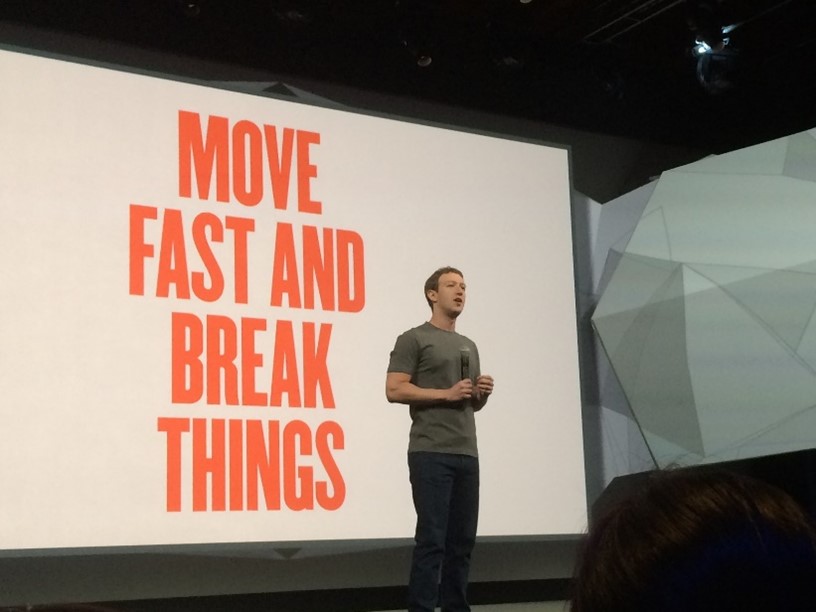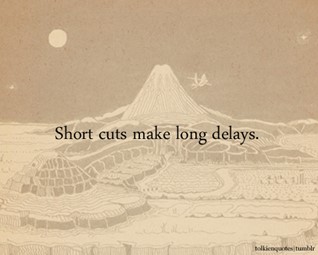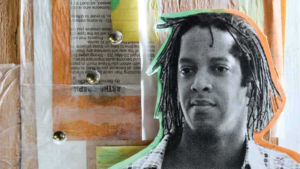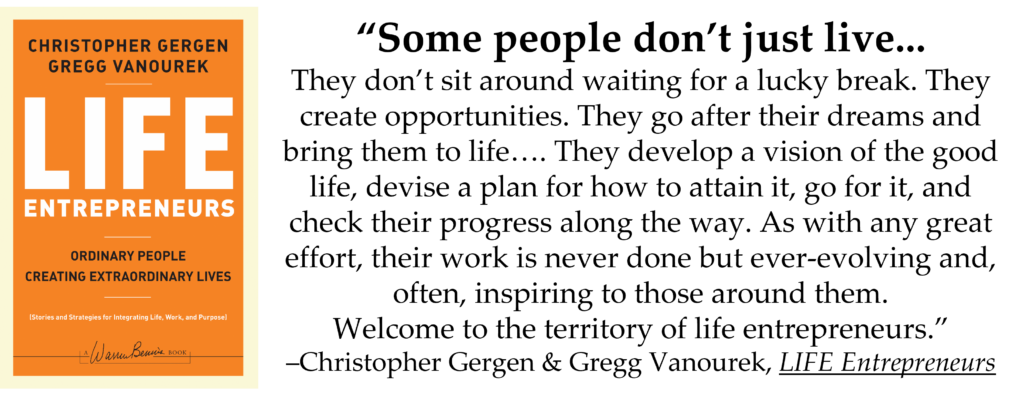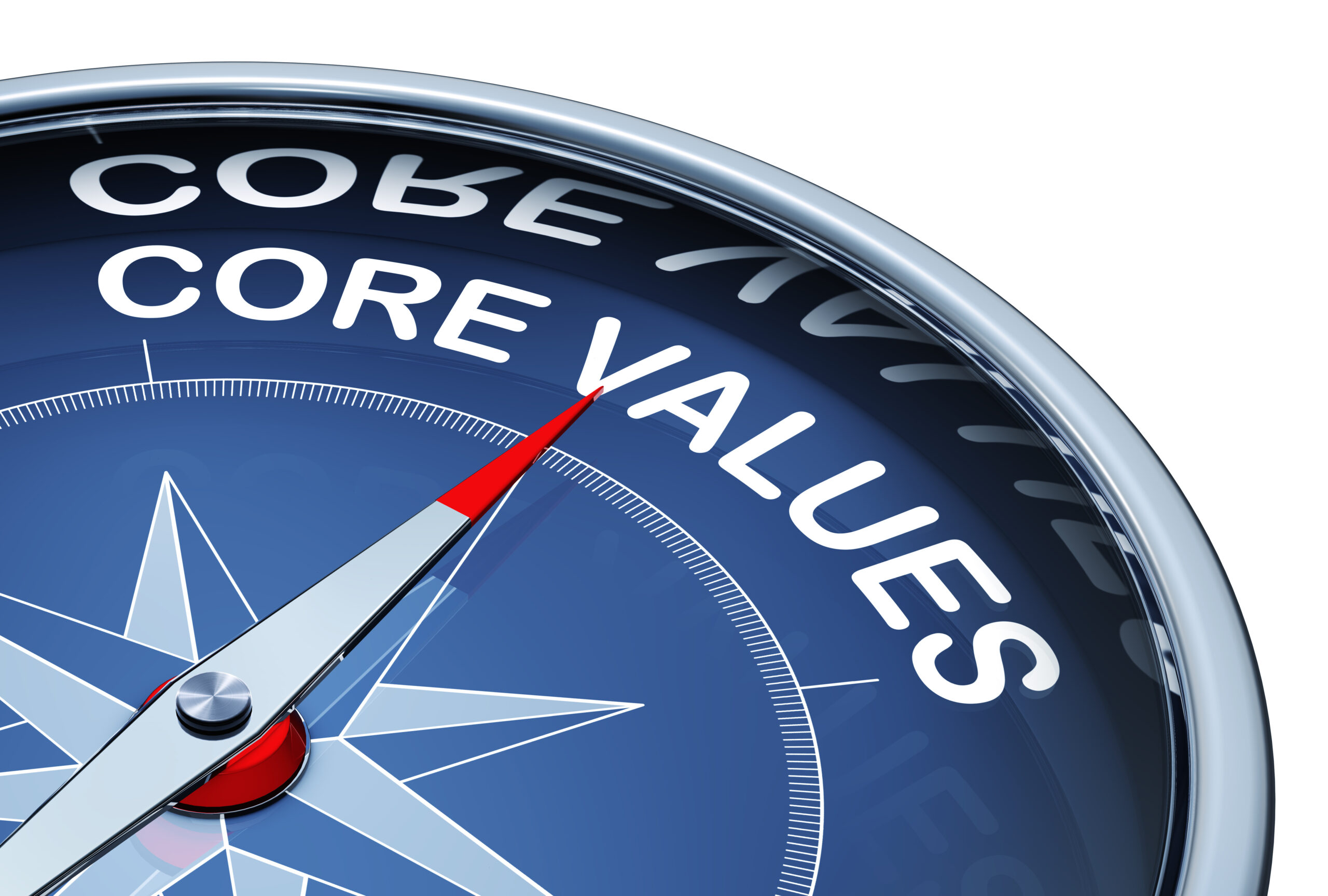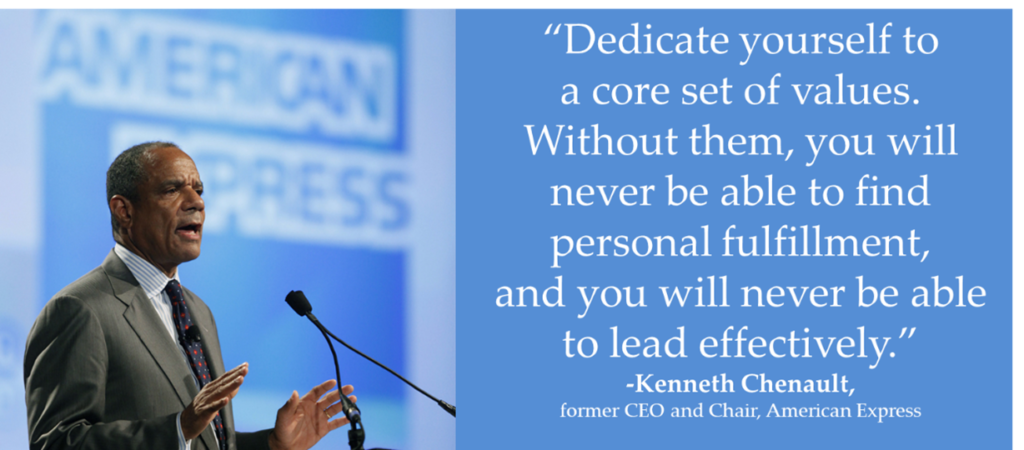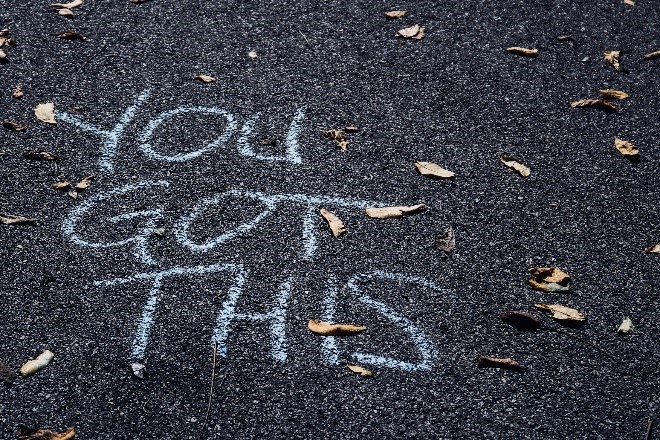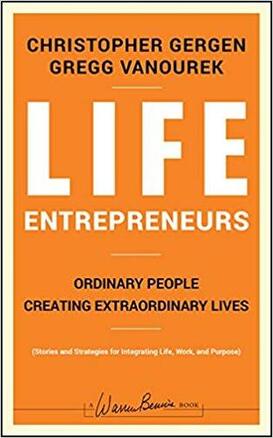Article Summary:
Many people aren’t clear about what they want and where they’re going. Lacking clarity is one of the most damaging traps we can fall into.
+++
Do you know who you are?
What you want?
Where you’re going and why?
We may have a vague sense of these things but no real clarity. We lack a clear vision that pulls us forward toward its sweet and compelling destination.
Meanwhile, we keep our heads down and stay busy as a form of avoidance. Sometimes this situation continues for a very long time, placing us in an extended state of drifting.
Lacking clarity is one of the most damaging traps we can fall into. Why? Because lacking clarity affects everything, including our quality of life, relationships, work, leadership, and dreams. And because having clarity is a superpower. Life is so much better and richer when we have a clear vision of a better future, anticipation about what it will feel like when we realize it, and conviction about what’s important and meaningful.
What We Should Get Clear About
Okay, so clarity is important, but clarity about what? Here are the ten most important things we should get clear about:
- purpose: why we’re here; our reason for being
- values: the things that are most important to us; what we believe and stand for
- vision: what success looks like—a mental picture of what we want to be, do, and contribute in life and with whom
- strengths: what we’re good at, including our knowledge, skills, and talents
- passions: what we get lost in, consuming us with palpable emotion
- goals: what we want to accomplish
- priorities: the relative importance of our top aims
- strategies: how we’ll achieve our vision and goals and what we’ll focus on given our available time and resources
- capabilities: what knowledge and skills we need to develop to realize our vision
- service: who we seek to impact and how
Signs We’re Lacking Clarity
There’s a big price to pay when we don’t have enough clarity about these things. When we lack clarity, we tend to:
- suffer from anxiety, stress, self-doubt, indecision, and frustration
- struggle with knowing where to begin
- question ourselves and our actions
- procrastinate
- begin projects without finishing them
- struggle with minor decision-making
- feel like we need advice from others before making most decisions
- feel overwhelmed and burned out
- agree to too many things
- feel confused and uncertain about what to do next
- be more prone to distraction and disorganization
- keep comparing ourselves with others
- put in inconsistent effort
- remain too busy and frazzled to think about and work toward a better future
- see a decline in motivation and performance
“Lack of clarity is the primary reason for failure in business and personal life.”
-Brian Tracy
Benefits of Clarity
On the flip side, there are many powerful benefits that flow from having clarity in our lives. For example, having greater clarity:
- eliminates distractions and helps us focus
- helps us establish a definitive direction
- makes it easier to identify actions to take and prioritize them
- helps us overcome fear and doubt
- makes it easier for others to help and support us because they have better insights into what we want
- allows us to put our energy into what we want
- helps us get things done
- makes it easier to say no to things that don’t matter to us
- helps us manage challenges more effectively
- reduces feelings of overwhelm and helps us manage stress more effectively
- helps us make better decisions and reduces decision fatigue
- allows us to set and enforce boundaries
- helps us save money since we avoid spending it on things that don’t matter
- helps us feel contentment and happiness
- provides the serenity that comes from knowing what matters most
- leads to healthier relationships
- boosts our confidence
- facilitates better performance
“…compared with their peers, high performers have more clarity on who they are, what they want, how to get it, and what they find meaningful and fulfilling.”
-Brendon Burchard, writer and speaker
How to Get More Clarity
Given all the compelling benefits of achieving greater clarity, the question then becomes how to go about it. What can we do to bring more clarity to our lives? Here are 16 actions we can take:
- Eliminate distractions, clear out clutter, and create more white space in our lives. This makes room for self-awareness, pattern-mapping, and new insights.
- Do one thing at a time.
- Take more action more often. Many people assume they need clarity before acting, but sometimes clarity comes from taking action. Act, assess, learn, and adjust. Then repeat.
- Reflect after acting. Step back periodically to see how things are going. What’s emerging and what’s getting in the way?
- Talk to others. Share what we’re unclear about and ask for their input. They may be able to see things we can’t from their vantage point. (Consider doing this in small groups.)
- Develop a clear vision of what life will be like when we’re living the life we want. Start by defining what success looks like in different areas, including family, relationships, health, work, education, community, and more.
- Spend more time thinking about our desired future. Also, engage in planning and actions that move us toward that future. Best to schedule time for it on our calendar.
- Journal about what’s going on and what isn’t clear yet. Write freely and let thoughts appear uninhibited.
- Start acting like the person we want to become. Bring our desired future into our present.
- Turn our purpose, values, and vision into a daily mantra or affirmation.* This will help embed them into our consciousness and build them into the fabric of our days.
- Ask what we would do if we had less time. By doing so, we force tough choices about what to focus on.
- Reduce exposure to negative influences. They extract a tax on our energy and attention. And they pull us away from our own priorities.
- Engage in regular centering activities. Take breaks and go for walks. Try deep breathing or meditation.
- Follow a regular, daily routine. Be sure that it includes time for quiet reflection.
- Make time for systematic self-care. Don’t neglect good habits of nutrition, hydration, movement, and sleep.
- Work with a coach or mentor. Focus on getting more clarity on purpose, values, vision, strengths, passions, goals, priorities, strategies, capabilities, and service opportunities.
Related Traps
Lack of clarity is common, and it can be pernicious, affecting so much of how we think and what we do. It’s also accompanied by several associated traps:
- Lacking Self-Awareness
- Avoidance
- Burnout
- Caring Too Much About What Others Think
- Comparing Ourselves to Others
- Complacency
- Disease of More
- Dissatisfaction
- Drifting through Life
- Living in Fear
- Wearing “Golden Handcuffs”
- Having Our Identity Wrapped Up Too Much in Work
- Indecision
- Losing Ourselves
- Not Having Enough Margin in Our Lives
- Pretending to Be Someone We’re Not
- Self-Doubt
- Settling
- Playing the Short Game
- Being Unfocused
Achieving clarity about who we are, what we want, and where we’re going can be very challenging. But lacking clarity leads to drifting and settling. And having clarity is a superpower that adds energy and richness to all we do.
Reflection Questions
- To what extent are you clear about who you are, what you want, and where you’re going?
- What more will you do, starting today, to achieve greater clarity in your life and work?
Tools for You
- Traps Test (Common Traps of Living) to help you identify what’s getting in the way of your happiness and quality of life
- Quality of Life Assessment so you can discover your strongest areas and the areas that need work, then act accordingly.
- Personal Values Exercise to help you clarify what’s most important to you
Postscript: Inspirations on Clarity
- “Clarity precedes success.” -Robin Sharma
- “Clarity is essential. Knowing exactly what you want builds your self-confidence immeasurably.” -Brian Tracy
- “Clarity is the child of careful thought and mindful experimentation.” -Brendon Burchard
- “Everyone seems to have a clear idea of how other people should lead their lives, but none about his or her own.” -Paolo Coelho, Brazilian novelist
- “As you become more clear about who you really are, you’ll be better able to decide what is best for you—the first time around.” -Oprah Winfrey, media entrepreneur and author
- “It is essential to know yourself before you decide what work you want to do.” -Stephen R. Covey, leadership author
- “People often complain about lack of time when lack of direction is the real problem.” -Zig Ziglar
- “Clarity about what matters provides clarity about what does not.” -Cal Newport
- “It’s a lack of clarity that creates chaos and frustration. Those emotions are poison to any living goal.” -Steve Maraboli
- “Unhappiness is not knowing what we want and killing ourselves to get it.” -Don Herold
- “…as your inner world becomes more orderly and clear, your actions in the outer world should follow suit.” -Deepak Chopra, spiritual teacher and writer
- “Your vision will become clear only when you look into your heart. Who looks outside, dreams. Who looks inside, awakens.” -Carl Jung
- “Clarity is the most important thing. I can compare clarity to pruning in gardening…. If you are not clear, nothing is going to happen.” -Diane von Furstenberg
- “The more sand has escaped from the hourglass of our life, the clearer we should see through it.” -Niccolo Machiavelli
- “…the world’s wisdom traditions offer a valuable secret. They teach that the unsettled mind comes about through one thing only: losing sight of who we really are…. The answer lies in finding out who you really are—a conscious agent who can choose, at any time, to live from the level of the true self.” -Deepak Chopra
- “We want luminosity—the sense of possibility and promise we feel when we absolutely know that all is well and that we’re doing what we’re meant to be doing, right here, right now. We reach luminosity through a different quality of action—clarity, focus, ease, and grace in action.” -Maria Nemeth
- “Everyone sees the unseen in proportion to the clarity of his heart, and that depends upon how much he has polished it. Whoever has polished it more sees more—more unseen forms become manifest to him.” -Rumi
* Brendon Burchard recommends choosing three aspirational words that describe our desired future self (e.g., “kind, loving, joyful”) and making them a daily smartphone alarm to keep them top-of-mind.
+++++++++++++++++
Gregg Vanourek is a writer, teacher, TEDx speaker, and coach on leadership and personal development. He is co-author of three books, including LIFE Entrepreneurs: Ordinary People Creating Extraordinary Lives (a manifesto for integrating our life and work with purpose, passion, and contribution) and Triple Crown Leadership: Building Excellent, Ethical, and Enduring Organizations (a winner of the International Book Awards). Check out his Best Articles or get his monthly newsletter. If you found value in this article, please forward it to a friend. Every little bit helps!







